A Real Estate Pro's Secrets: How To Avoid Common Plumbing Issues

This post may contain affiliate links. Read the disclosure.
In my 22+ years as a landlord, I’ve learned that plumbing issues sometimes come out of nowhere. One day, everything is working fine, and the next, your toilet is overflowing, or the sink won’t drain.
When the plumbing problems keep piling up, it’s frustrating. You’ll get stressed figuring out what’s causing them. But common plumbing issues can be avoided.
It’s also inconvenient and expensive, as each plumbing repair can cost a pretty penny. Here are reasons why you may be experiencing more plumbing problems than usual.
The Water Heater is Getting Old
If you’ve had your water heater for over ten years, it’s likely on its last leg. Water heaters have a lifespan of around 8-12 years. The older it gets, the more likely it will break down and cause plumbing problems.
If your water heater shows signs of wear, such as leaking or not heating water as well as it used to, call a water heater repair expert. If they advise you to replace it, start shopping for a new one.
Throwing Food Waste and Oils into the Drain
Your kitchen sink drain can easily clog if you’re not careful about what you put down. Food waste, grease, and cooking oils can all contribute to a clog. Only put soap and water down the drain to keep your drain flowing freely.
Food waste should go in the garbage. Wipe grease from plates and cooking surfaces with a paper towel before washing the dishes.
You Have Hard Water
If you live in an area with hard water, your plumbing is likely to suffer. Hard water has high mineral content, which builds up in your pipes and fixtures, causing a breakdown and malfunction over time.
Install a water softener to treat hard water, or have a plumber install an aerator on your faucets, reducing the impact of hard water.
See our many posts on how to clean with vinegar. The theme with each is addressing mineral buildup from hard water.
Tossing Objects Down the Toilet
Flushing objects down the toilet is one of the quickest ways to clog your pipes. Only human waste and toilet paper should go down the loo. Everything else, from feminine hygiene products to wipes and diapers, should be disposed of in the trash.
Having a trashcan next to the toilet makes you less likely to make this mistake.
Related: How To Clean A Toilet Bowl And Remove Hard Water Stains
The Pipes Are Old
Your plumbing system is likely rusting and deteriorating if the pipes are made from old galvanized steel or cast iron. It leads to leaks and other plumbing problems. Older homes are especially susceptible to this issue.
If your pipes are old, have a plumber inspect them to determine if they need a replacement. Additionally, when the insulation around your pipes starts to wear down, the pipes freeze in cold weather. It leads to significant plumbing problems, such as burst pipes.
There’s a Tree Root in the Sewer Line
Tree roots in your sewer line can cause significant damage and costly repairs. Tree roots are attracted to the moisture and nutrients in your sewer line, proliferating and causing cracks and breaks.
If you think you have tree roots in your sewer line, call a plumber to have them removed. Additionally, have your sewer line inspected and cleaned every few years to prevent tree roots from growing in the first place.
Washing Hair Down the Drain
Most people don’t think twice about washing hair down the drain, but all that hair builds up over time, causing clogs. To prevent this, invest in a hair catcher for your shower drain.
It will allow water to flow freely down the drain while trapping any hair. You can then dispose of the hair properly, rather than flushing it down the drain, where it will cause problems.
Easy Ways to Protect Your Pipes From Freezing
During winter, it’s important to take steps to protect your pipes from freezing temperatures. Here are some tips to help you keep your pipes safe:
- Insulate exposed pipes with insulation sleeves or foam rubber. This will help keep the cold air out and the warm air in.
- Seal any cracks in walls that could let cold air in, such as around windows and doors.
- Keep a tap running on cold days, especially if the water supply lines run through unheated areas of your home like the garage or basement.
- Set your thermostat above 55 degrees during cold weather to ensure that the temperature inside your home is warm enough to prevent freezing pipes.
- Disconnect garden hoses from outdoor faucets and drain any remaining water before winter arrives.
- Open kitchen and bathroom cabinets to allow warm air to circulate around plumbing fixtures, especially those located near exterior walls.
- Pipe Shield – Another great way to protect your pipes is with the Roto-Rooter Pipe Shield.
Pipes can crack when they freeze due to the pressure of expanding water. When water freezes, it expands and can cause pipes to burst.
Leaving a tap open does not prevent pipes from freezing, but it can help reduce the pressure in the pipes as the water expands, which may help prevent them from cracking.
To properly prevent your pipes from freezing, you should insulate exposed pipes, keep your thermostat set to a consistent temperature, and allow warm air to circulate near any cold spots in your home.
By following these simple steps, you can help protect your pipes from freezing this winter and avoid costly repairs down the line!
DIY Methods For Unclogging Sinks And Drains
There are several easy ways to unclog drains.
Use Vinegar And Baking Soda To Unclog A Drain
You can easily unclog your sink with vinegar and baking soda.
The combination of baking soda and vinegar will create a chemical reaction that will help break down any blockages in your pipes.
Once the mixture has had time to work its magic, flush the drain with hot water for another minute to clear away any remaining debris. You should now have an unclogged sink!
Use A Plunger To Unclog A Sink
Using a plunger to unclog a drain is a classic plumbing hand tool that can dislodge clogs using simple hydraulic pressure. To use the plunger:
- Fill the sink or tub with enough water to cover the cup of the plunger.
- Take a little petroleum jelly and smear it along the bottom lip of the plunger. This will help form an airtight seal against the sink bottom.
- Run a steady stream of hot water into the drain for about 30 seconds before plunging. This will help loosen up any debris in the pipe.
- Place the plunger over the drain and press down firmly several times until you feel resistance from the clog.
- If necessary, repeat this process several times until you feel that all of the clog has been removed.
It is important to note that plunging should only be used on light clogs as attempting to force a clog through a toilet with a plunger can often make the problem worse.
If your clog persists after trying these steps, it may be best to call in a professional plumber who can safely and effectively remove your clog without causing any further damage.
Use A Plumbing Snake To Unclog A Drain
Using a plumbing snake can be an effective way to clear stubborn clogs in pipes and drains.
To use a plumbing snake:
- Start by inserting the head of the snake into the drain.
- Twist the handle to help drive the cable snake down further as you push it through the drain.
- Once you feel that the snake has made it past any blockages, reverse its direction in order to grab onto them and dislodge them from the pipe.
When using a snake, it’s important to be careful not to damage your pipes with too much force or pressure as this could cause bigger problems down the line.
It’s also important to make sure that your snake is long enough for your particular job. Some larger clogs may require longer snakes than others.
When using a plumbing snake, it’s important to be aware of any potential risks such as splashing water or sewer gas when dealing with a clogged drain.
Additionally, it is possible that while attempting to remove a clog, you could create another one by breaking off pieces of debris that get caught elsewhere in the pipe.
To avoid these issues, make sure to practice caution when using a plumbing snake and consider calling in a professional if necessary.
Personally, I hate using snakes! Several times I have had professionals break my pipes using the wrong-size snakes! So I avoid trying it myself.
Roto-Rooter Pipe Shield
Roto-Rooter Pipe Shield is a great product for keeping your drains free-flowing and clog-free. It’s an easy, economical way to keep your pipes clean and clear of any build-up or blockages.
Pipe Shield uses natural bacteria to break down organic materials like fats, grease, and other deposits that can cause clogs.
We’ve used Roto Rooter Pipe Shield in our rental houses for years. I’m very pleased with the results. My drains are flowing freely throughout my whole system and I haven’t had any issues with clogs since I started using it.
If vinegar and baking soda method does not work then I recommend Roto-Rooter Pipe Shield if you’re looking for an effective way to keep your drains clean and free-flowing.
It’s easy to use and works great at preventing clogs from forming in the first place. Plus, it’s much more affordable than having a professional unclog your pipes!
Never Ignore Plumbing Issues
If you’re frequently experiencing plumbing problems, one of these seven reasons could be the cause. You’ll prevent further damage by addressing the issue and save yourself money in the long run.

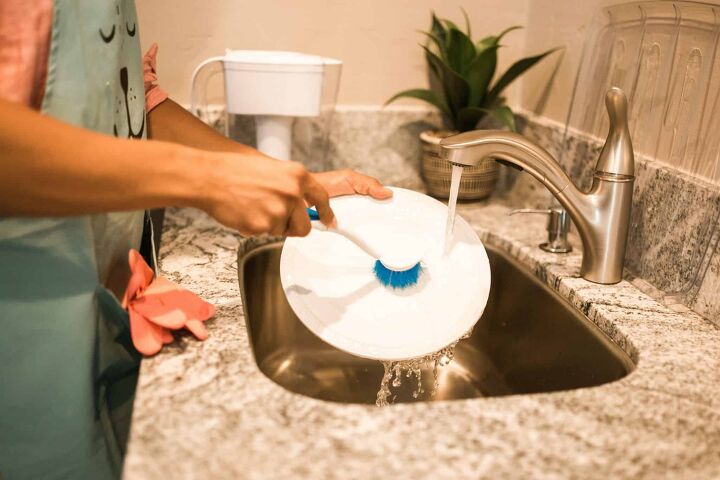
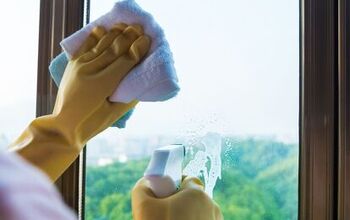
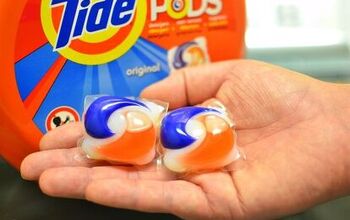
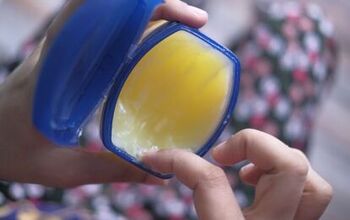
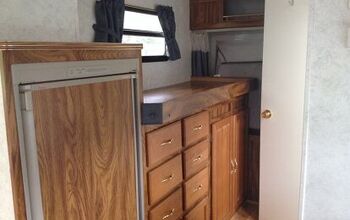

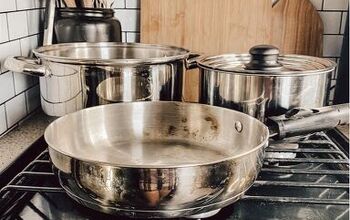

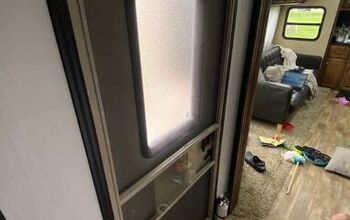
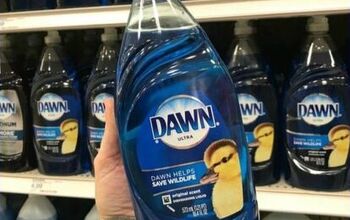

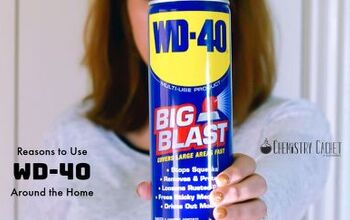
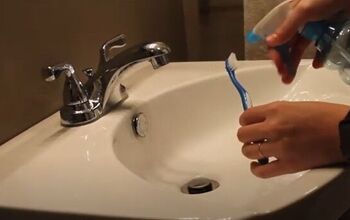

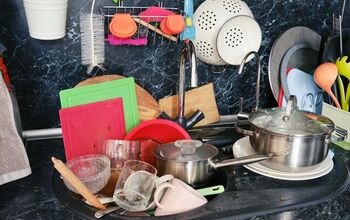
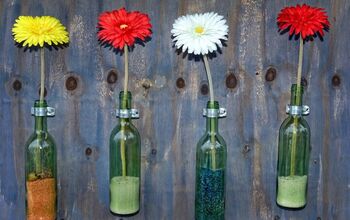

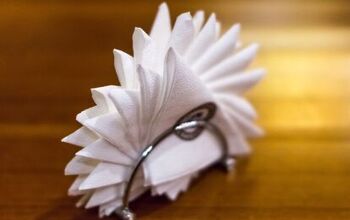

Comments
Join the conversation